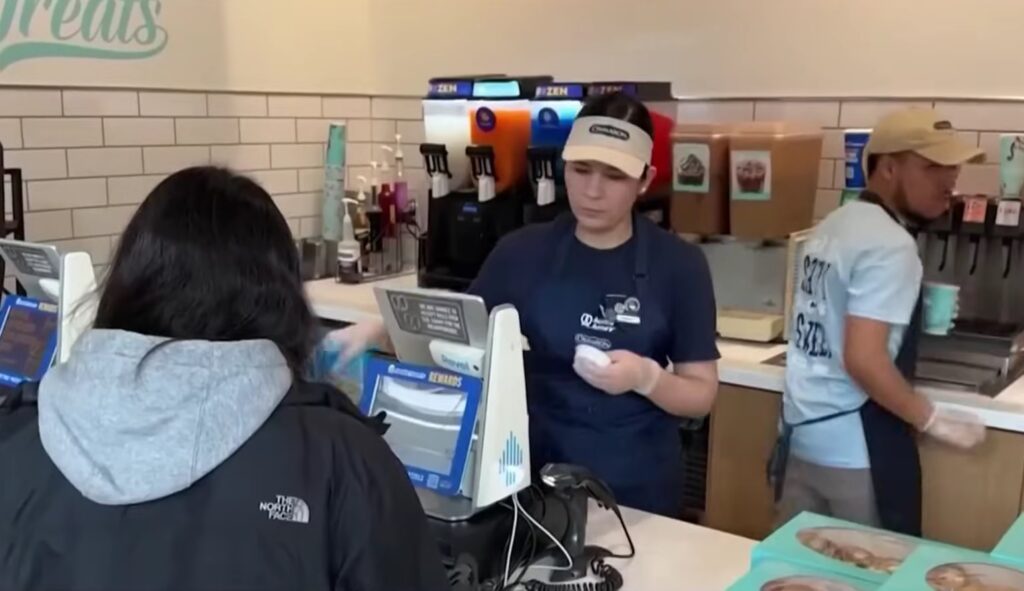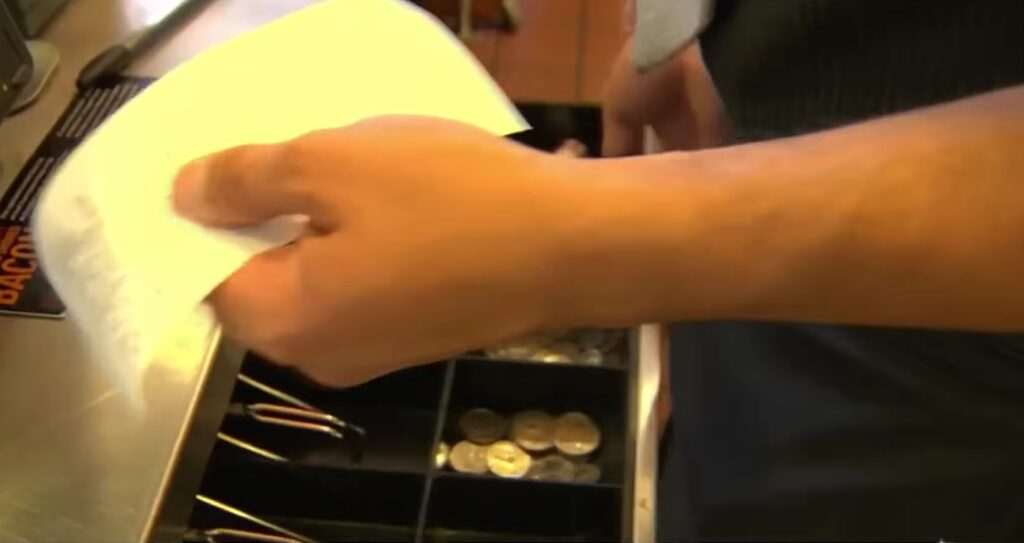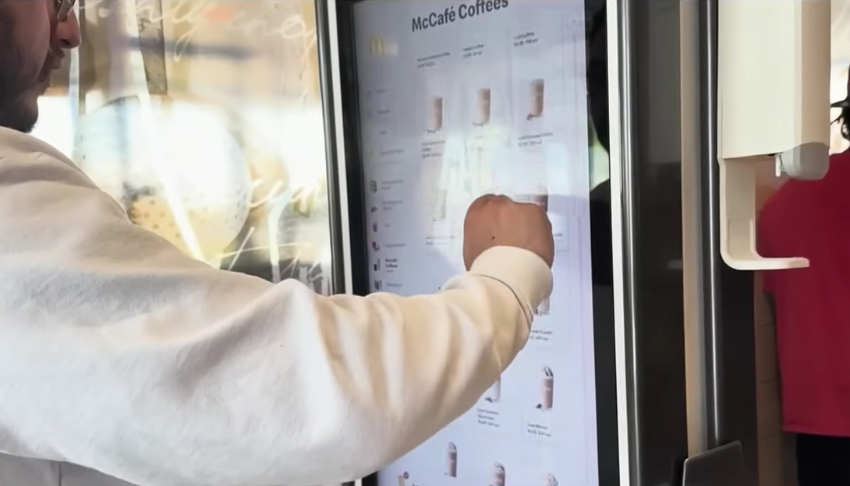Fast food chains in California are turning to digital order kiosks as a solution to offset soaring costs following the state’s minimum wage hike to $20 an hour.

With prices on the rise due to increased food costs, restaurant owners find themselves in a tight spot, unable to pass further increases onto customers. As a result, they’re exploring alternative ways to trim expenses, with labor expenses being the largest target for reduction.
This development comes as a bitter pill for workers and labor unions who fought tirelessly for higher wages, only to face the prospect of job losses as a consequence. Harsh Ghai, a significant Burger King franchisee overseeing 140 restaurants along the West Coast, has expedited plans to implement digital kiosks across all his locations within just two months. Previously, he had envisioned a more gradual rollout over the span of five to ten years.

The contentious wage increase, $4 above the state’s standard minimum wage, was spearheaded by California Governor Gavin Newsom and applies to chains with more than 60 locations nationwide. Since its implementation on April 1, workers have voiced concerns about reduced hours, and some have even faced layoffs.
Notably, establishments like Pizza Hut and Round Table have already let go of staff members, citing an inability to afford the increased wages. While major players like McDonald’s, Chipotle, and Starbucks have signaled their intent to pass on the added costs to customers, Ghai fears such a move could drive away valuable clientele.

Ghai emphasizes the precarious balance between absorbing rising food costs and maintaining customer traffic. Over the past year, he has seen prices rise by as much as eight to ten percent, largely driven by inflation in food costs.
To counteract the impact of the wage legislation, Ghai has opted to accelerate the deployment of self-service kiosks. These kiosks, which were slowly making their way into major fast-food chains even before the pandemic, offer a viable solution to streamline operations and offset rising labor costs.
The shift towards self-service kiosks is evident across the industry, with companies like Panera Bread, McDonald’s, and Shake Shack leading the charge. Notably, Shake Shack has observed that customers tend to order higher-value meals when using kiosks compared to traditional cashier orders, highlighting the potential financial benefits of this technology.

As the fast-food landscape continues to evolve, innovations like self-service kiosks and cashier-less dining concepts are poised to play a central role in shaping the future of the industry. With an emphasis on efficiency and customer experience, these advancements reflect a broader trend towards technology-driven solutions in the fast-food sector.









